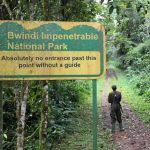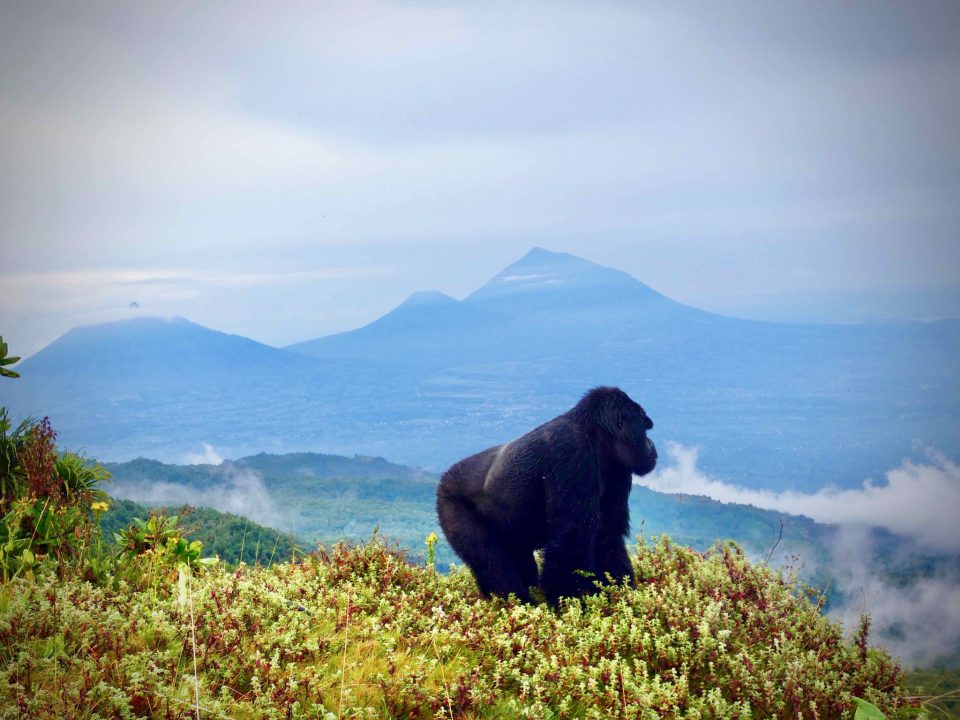
Common Mistakes to Avoid on Your Bwindi Gorilla Safari
November 6, 2024
Top 5 Reasons to Trek Gorillas in Rwanda
November 6, 2024Uganda, often referred to as the “Pearl of Africa,” offers some of the most unique and thrilling safari experiences in the world. From tracking mountain gorillas in lush rainforests to visiting the breathtaking Murchison Falls and the remote wilderness of Kidepo Valley, Uganda has something for every traveler. To ensure you make the most of your time in this incredible country, careful planning is key. Here are some essential tips to help you plan the perfect Uganda safari.
1. Choose the Right Time to Visit
Uganda experiences two main seasons: the dry season and the rainy season. The best time to visit is during the dry season when roads are more accessible, and wildlife is easier to spot. The dry season in Uganda runs from June to August and from mid-December to February. These months offer pleasant weather for game viewing and gorilla trekking, though it’s important to note that afternoon game drives may not be ideal since many animals rest during the hot midday hours.
To make the most of your safari, consider taking a boat cruise in parks like Queen Elizabeth and Murchison Falls National Parks, as these offer great wildlife viewing during the afternoon heat. In other parks, it’s best to relax at your lodge and enjoy the scenery.
2. Book Your Accommodation Carefully
Uganda offers a range of accommodation options, from luxury lodges to budget-friendly campsites. When planning your stay, make sure to choose lodging that fits your budget and travel style. If you’re visiting Bwindi Impenetrable National Park for gorilla trekking, be especially careful with accommodation. The park is divided into four sectors (Buhoma, Ruhija, Nkuringo, and Rushaga), and you cannot trek gorillas in a sector different from where you’re staying.
It’s essential to confirm your trekking sector before booking your accommodation to avoid cancellations or logistical issues. Staying in the wrong sector could result in wasted time and frustration.
3. Plan Your Activities in Advance
Uganda is brimming with a variety of safari activities, including game drives, boat cruises, gorilla trekking, chimpanzee tracking, and cultural tours. Before you go, take some time to research the activities available in the areas you’ll be visiting and plan accordingly.
It’s important not to overbook your itinerary. Uganda’s diverse attractions are spread across the country, so it’s best to focus on one or two regions at a time. For example, instead of trying to visit Sipi Falls and Queen Elizabeth National Park in one trip, consider spending extra time exploring Fort Portal and Queen Elizabeth, which are close to each other.
To avoid burnout, many travelers recommend limiting their safari activities to no more than three key experiences. This allows you to enjoy each activity fully and gives you time to rest and take in your surroundings.
4. Research the Wildlife and Choose Your Parks
Uganda is home to an incredible array of wildlife, including elephants, lions, gorillas, giraffes, and chimpanzees. However, not all species are found in every national park, so it’s crucial to do some research on where to find the animals you’re most interested in.
For example:
- Kidepo Valley National Park is the best place to see lions.
- Kibale Forest National Park is renowned for chimpanzee tracking.
- If you’re looking for hippos, head to Murchison Falls National Park.
While it’s not guaranteed that you’ll encounter every species in a given park, some parks offer higher chances of spotting specific animals. By planning your park visits based on the wildlife you want to see, you can maximize your safari experience.
5. Pack the Right Gear
When preparing for your Uganda safari, packing the right gear is essential to ensure your comfort and safety. Here’s a quick checklist of what to bring:
- Sunscreen to protect against UV rays.
- Insect repellent, especially in forested areas.
- A wide-brimmed hat to shield your face from the sun.
- Comfortable hiking clothes and sturdy shoes for trekking and walking safaris.
- A waterproof jacket in case of rain.
- Water filters or purification tablets if you have sensitive skin, as some areas may have unfiltered water.
It’s also a good idea to pack binoculars for wildlife viewing and a camera to capture your unforgettable moments.
6. Consider Your Travel Logistics
Uganda’s wildlife regions can be far apart, and travel times between them can be long. The roads can be rough, especially in the rainy season, so plan your logistics accordingly. Some travelers prefer to use domestic flights to reach more remote parks like Kidepo Valley or Murchison Falls, while others may opt for long road trips to experience the countryside.
Be sure to budget for travel time, especially if you’re visiting multiple parks, and factor in the additional costs of flights if needed. This will help ensure you don’t feel rushed or stressed during your safari.
With the right preparation, your Uganda safari can be a seamless and unforgettable adventure. By choosing the right season, booking accommodation wisely, planning activities carefully, researching the wildlife, and packing properly, you’ll be able to enjoy all the incredible sights this amazing country has to offer. Take your time, plan strategically, and get ready for an adventure of a lifetime in Uganda!




